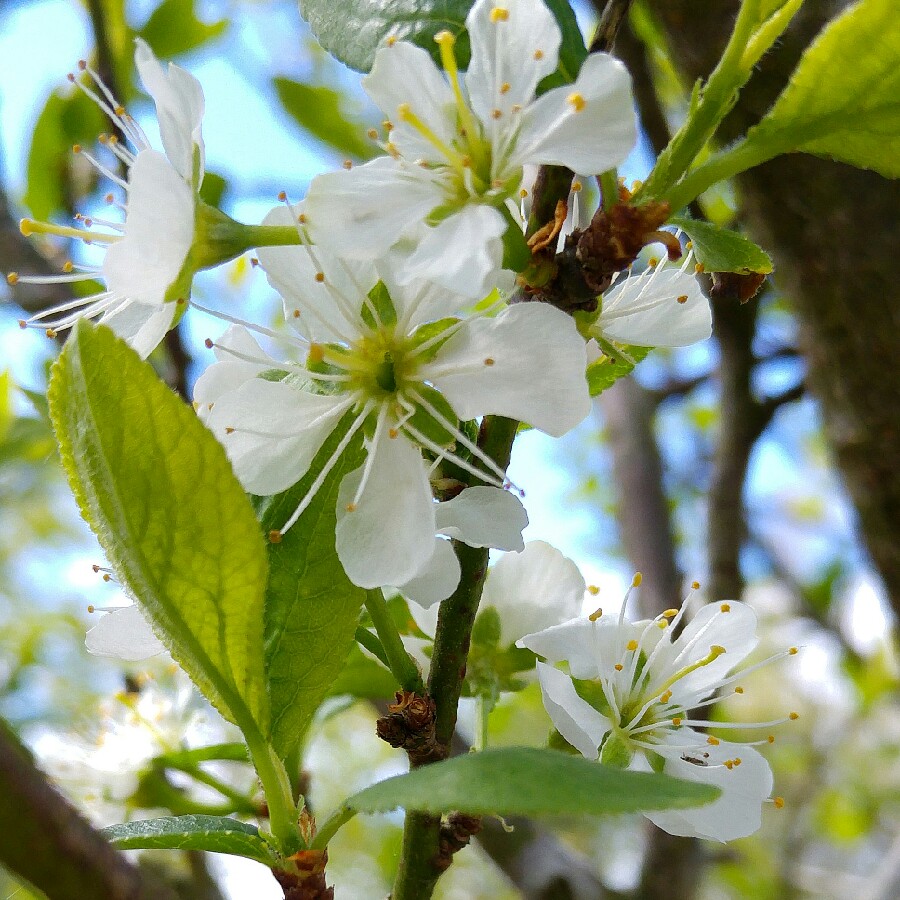
Prunus Domestica 'Mirabelle de Nancy'
Plum Tree 'Mirabelle de Nancy'
Prunus Domestica - Plum Tree - is a deciduous fruiting tree that can be fan-trained (approx. 2m.x3m), bush-trained (approx, 4m. high) half-standard (up to 6m. high) or standard (up to 8m. high). Some varieties are self-fertile (ie do not need a pollinator) and some require a second variety tree as a pollinator. The white flowers appear in Spring, and the fruit, which have a single stone, ripen in late Summer. 'Mirabelle De Nancy' is a heavy cropping variety which bears yellow, small stone-free plums from early Autumn. The sweet fruits ripen from white to pale yellow and are excellent eaten fresh or cooked.
Contributed by @reedie-cottsge
-
Full sun
-
Occasional watering
-
Full Frost Hardy: 5F (-15°C)
-
Moist and free draining
Common name
Plum Tree 'Mirabelle de Nancy'
Latin name
Prunus Domestica 'Mirabelle de Nancy'
type
Fruiting tree
family
Rosaceae
ph
5.0 - 6.5 Acid - Neutral
Plant & bloom calendar
-
Best time to plant
-
When the plant will bloom
-
When to harvest
full grown dimensions
 4.40 M
5.50 M
4.40 M
5.50 M
Prunus Domestica 'Mirabelle de Nancy'
Prunus Domestica - Plum Tree - is a deciduous fruiting tree that can be fan-trained (approx. 2m.x3m), bush-trained (approx, 4m. high) half-standard (up to 6m. high) or standard (up to 8m. high). Some varieties are self-fertile (ie do not need a pollinator) and some require a second variety tree as a pollinator. The white flowers appear in Spring, and the fruit, which have a single stone, ripen in late Summer. 'Mirabelle De Nancy' is a heavy cropping variety which bears yellow, small stone-free plums from early Autumn. The sweet fruits ripen from white to pale yellow and are excellent eaten fresh or cooked.
Flowering
From Late Winter TO Mid Spring
Although plum trees are frost hardy, the flowers - essential for fruiting - are very susceptible to frost. If frost is threatened during the flowering period, protect the flowers with horticultural fleece.
Planting
From Late Autumn TO Mid Winter
Plant plum trees in the dormant season, in a sheltered position where the tree will get plenty of sunshine. Dig a large hole, and put a good amount of organic material in the bottom of the hole to help with drainage.










